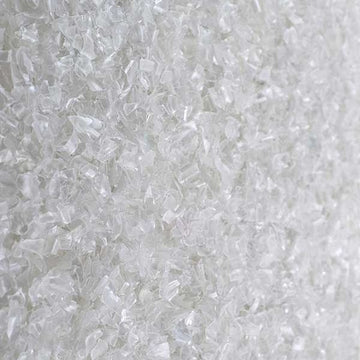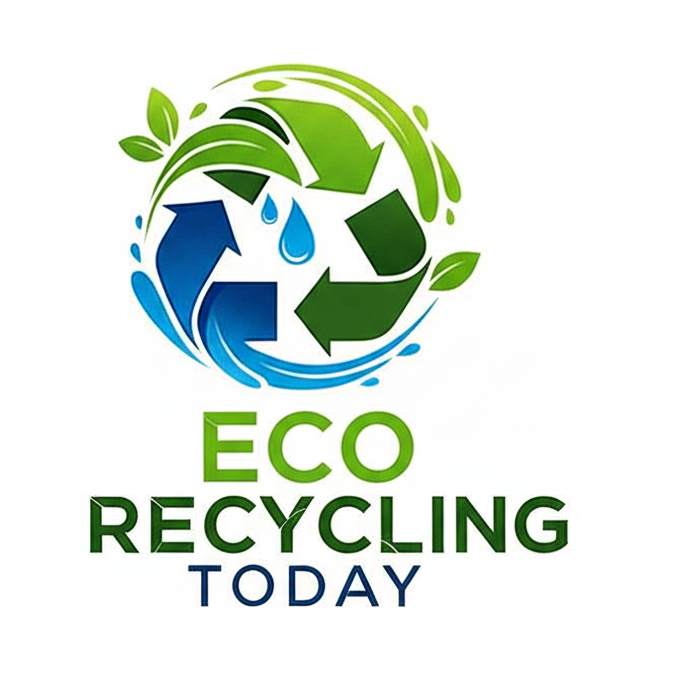
PET Flake Clear
PET Flake is produced from post-consumer plastic waste, such as used bottles and packaging, through a meticulous recycling process. These high-quality flakes serve as a sustainable raw material for manufacturing new plastic products, offering an eco-friendly alternative to virgin PET.
Applications
Ideal for use in:
- Packaging materials
- Textile fibers
- Automotive parts
- Consumer products
Key Benefits
- 100% Recycled Content: Derived from post-consumer waste.
- Versatile and Durable: Suitable for various industries.
- Eco-Friendly Alternative: Reduces waste and promotes sustainability.
- Supports Circular Economy: Enables sustainable manufacturing practices.
Choose PET Flake to reduce your environmental footprint and support a greener future while maintaining top-tier quality for your products.
FAQ
What are PET flakes, and how are they made?
PET flakes are small pieces of recycled Polyethylene Terephthalate (PET) plastic derived from used PET bottles. The recycling process involves the collection of bottles, sorting by color and quality, shredding into flakes, and washing to remove impurities like labels, caps, and adhesives. These flakes are then used as raw materials in various industries to manufacture new products like polyester fibers, sheets, or packaging materials.
What are the common applications of PET flakes?
PET flakes are versatile and used in a wide range of industries. Common applications include:
- Textiles: Production of polyester fibers for clothing, carpets, and insulation.
- Packaging: Manufacturing new PET bottles, containers, and trays.
- Industrial Uses: Creation of PET straps, sheets, and automotive parts.
- Construction: Use in composite materials and insulation products.
How do the quality and color of PET flakes affect their usability?
The quality and color of PET flakes determine their suitability for specific applications:
- High-Quality (Food-Grade) Flakes: Used for food and beverage packaging as they meet strict safety standards.
- Non-Food-Grade Flakes: Used for textiles, construction, or industrial applications.
- Clear Flakes: Preferred for high-clarity products like new bottles or films.
- Green and Colored Flakes: Typically used in non-transparent applications like fibers or industrial materials, as their color limits aesthetic versatility.

